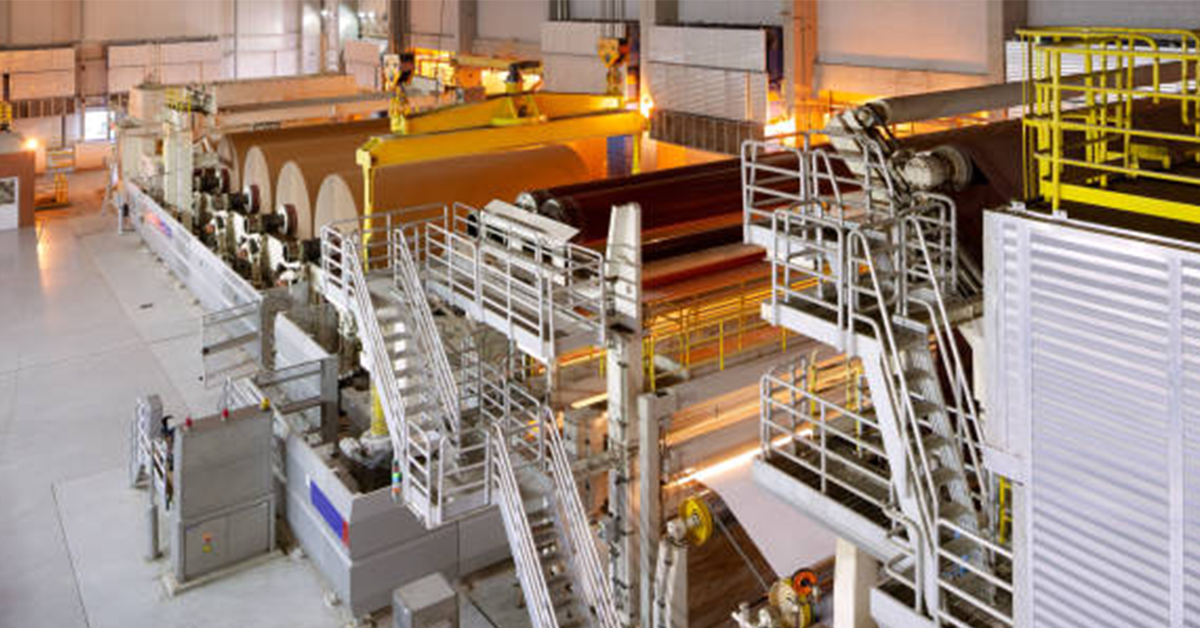2 min read
How Can You Get Started on Decarbonizing Your Business?
Prima Markets
:
May 3, 2023 12:00:00 AM

The road to decarbonization is paved with earnest intentions. Policies like the 2030 Greenhouse Gas Pollution Reduction Target aim to reduce greenhouse gas pollution by 50-52% of what the economy was producing in 2005.
Broader goals, like those set out by the International Energy Agency, have intensely studied the data. Their analyses will help global industries navigate a realistic route to achieving net-zero carbon emissions by the 2050 benchmark.
The Current and Imminent Threat of Global Climate Change
The problem with these goals is not about where they’re aiming. The truth is that we need to make these changes as we face a true existential crisis of global climate change.
If we’re not meeting these targets within this timeframe, the world will have far more to worry about than our business objectives.
The UN Intergovernmental Panel on Climate Change (IPCC) has recently issued what is being called a final warning about the effects of climate change.
As the IPCC urges, humanity needs to cut approximately 2/3 of carbon output by 2035. This is a much more accelerated goal than even some of the above-mentioned policies aim to achieve.
Additionally, all countries need to hasten their decarbonization processes. Wealthier nations should be aiming for net zero emissions by 2040. Nations that are still developing should pursue a 2050 net zero goal.
Policies, global biofuel mandates and other regulations are quickly following suit. Don't be surprised if further adjustments to decarbonization policies continue shifting their requirements to earlier dates.
Regulation and laws are not the true motivator behind these changes, though. The reason these targets must be hit so much sooner is because of where the world currently rests in terms of global temperature increases.
We are only a small percentage away from reaching the 1.5°C (or 2.7°F) threshold of temperature rise since human industrialization.
Hitting that limit, scientists warn, will plunge us past a point of no return in climate change disaster. A concerted effort from the collective planet can potentially stop us from crossing this line into irreparable harm and change.
Seeing the Zero Carbon Goal Versus Pursuing the Goal
Philosophically, it’s easy to see the critical importance of meeting these carbon goals. But the practical actions needed to take your business there are far more difficult to understand.
The current state of where we are and where we need to go is clear, as is the result – carbon neutrality, net-zero emissions, and a full-tilt shift to renewable resources.
It’s the details in between that present the challenges businesses are currently facing. To achieve net zero emissions, you need to sift through the weeds to see where to take your business. Yet you also need to maintain a positive, strategic, and competitive position in the business you do.
Making Changes Beyond Carbon Credits
Today, achieving net-zero isn’t as simple as buying forest carbon credits considering all the dubious real-world benefits and changes. You will not make any actual headway with promises of future change and no consideration of how to actually achieve it.
Your business needs to adopt changes in principle and operations to attain actual carbon mitigating results.
Get the Help Your Business Needs to Successfully Decarbonize
In Prima Market’s eBook, “Mapping a Business Plan for Decarbonization: The Problem of Starting Now,” we address the concern of how to dive into developing a zero-carbon plan. We get to the heart of the issue by providing a roadmap to help your business successfully move toward decarbonization.
Understanding the internal operations now can position your business for a much more successful transition toward renewables.
Through this focus, net zero can become far more than a distant pipe dream. You can develop a strategy that will connect your company’s vision with a future grounded in sustainability.
This post is an excerpt from the above-mentioned eBook. Download the eBook paper today and jumpstart your own organizational planning for carbon-zero outcomes.





